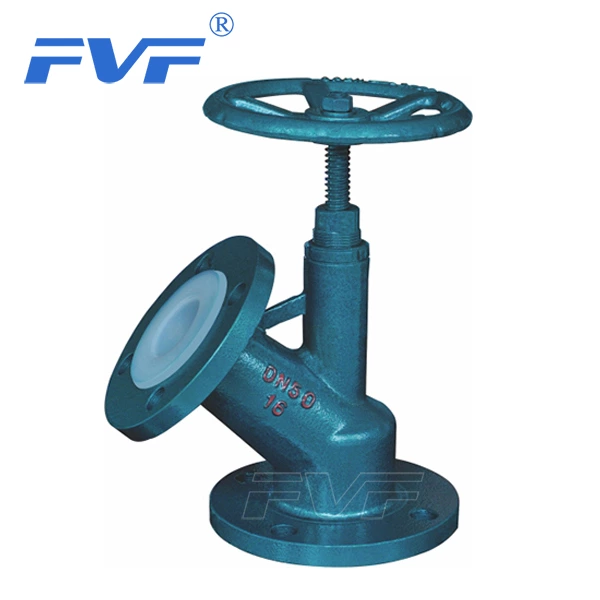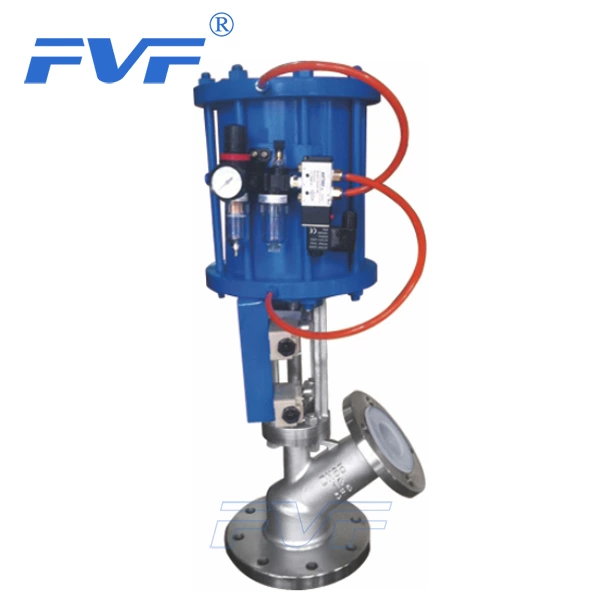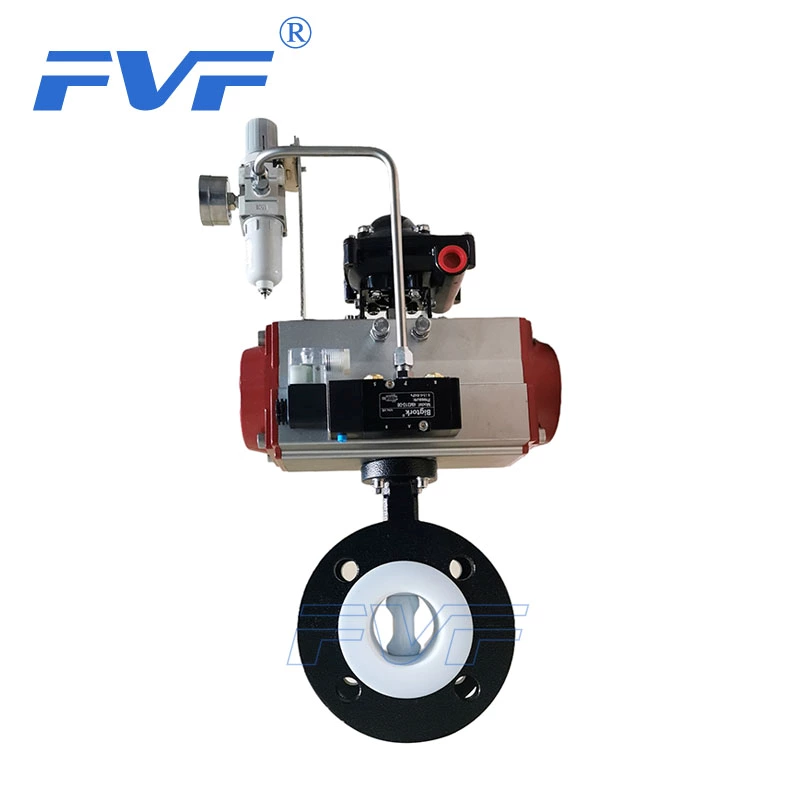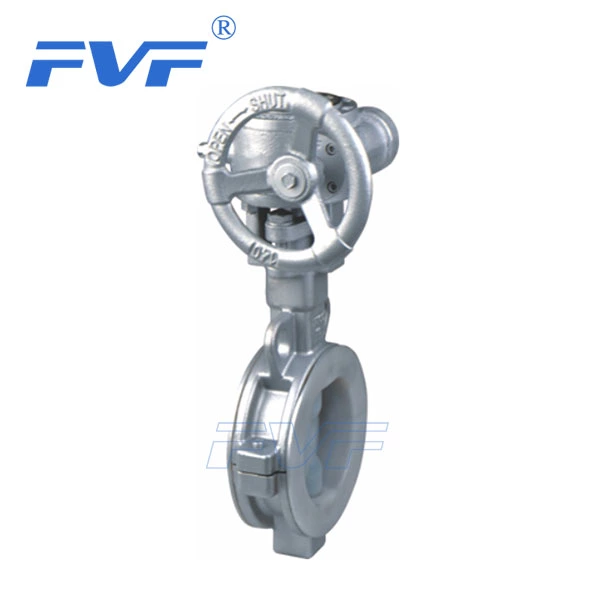Analysis Of The Main Market Of Chinese Valves In The Next Ten Years
According to the scientific development concept, in order to ensure the coordinated development of the economy and improve people's lives in the future, China will inevitably put infrastructure construction, such as water, electricity, gas, and heat, at the top of the list. This is exactly where Lined Valve comes in handy. First of all, China's South-to-North Water Diversion Project, the amount of money used to purchase valves in the 70-kilometer section from the suburbs of Beijing to the urban area alone is as high as tens of millions of yuan, so the demand for valves in the entire South-to-North Water Diversion Project can be imagined. Secondly, in order to solve the problem of power shortage, launching hydropower projects on a large scale is not only an urgent task for the Chinese government, but also a long-term task.
In addition, there are many projects such as West-to-East Gas Transmission, transformation of old industrial bases, urban pipe network construction, residential projects, sewage treatment, and farmland water conservancy, which will trigger huge demand in the valve market.
However, facing such a huge future market, how many orders can Chinese valve manufacturers get from it? In the competition with foreign capital, how big is their gap? These issues are probably what Chinese valve manufacturers are most concerned about.
1. The gap in the overall industrial chain. As a mechanical equipment, valve production is at the downstream of the entire industrial chain, including the development level of steel, sealing materials, and mechanical processing industries, which will have an important impact on the technical parameters of valves. The strength, ductility, and corrosion resistance of steel directly affect the valve's ability to resist high pressure and corrosion; the production level of sealing materials determines the medium applicable to the valve and the pressure it can withstand; the precision of mechanical processing is an important factor affecting the sealing level of the interface, valve head and valve seat.
2. The gap in the degree of specialization. As a general pipeline equipment, valves are widely used in many fields, including water conservancy and hydropower, urban pipelines, petroleum and petrochemicals, sewage treatment and other industries. Due to the different conditions of working conditions, media, and sealing in different industries and projects, the technical requirements for valve equipment models, materials, pressure levels, etc. are also different, which has also caused further market segmentation of valve equipment for different industries.
3. The gap in brand influence. According to data, many foreign valve manufacturers have significantly surpassed domestic companies in various professional fields in terms of brand effectiveness. In the water treatment industry, power field, and high-pressure working conditions, some foreign brands have long established a leading position in the market.
4. The gap in industrial structure. my country's valve manufacturing enterprises are too small and the industrial concentration is too low. According to the data held by Watts, there are about 3,000 valve manufacturing enterprises in China, ranking first in the world. However, most of them are low-level, small-scale, and family-run enterprises. There are less than 500 enterprises with annual sales revenue of more than 5 million yuan, and only a dozen enterprises with annual sales revenue of more than 100 million yuan. The total market share of the top 10 enterprises is only 8% to 9%. Due to the low industrial concentration, many unfavorable factors such as backward technology, low-price competition, and lack of influential brands have resulted in such a huge Chinese valve market. There is still no real brand.
In this case, various valve manufacturers have chosen a professional development path. They are no longer satisfied with only producing a single valve equipment, but are committed to providing overall solutions for the entire project by expanding product lines or seeking cooperation.







